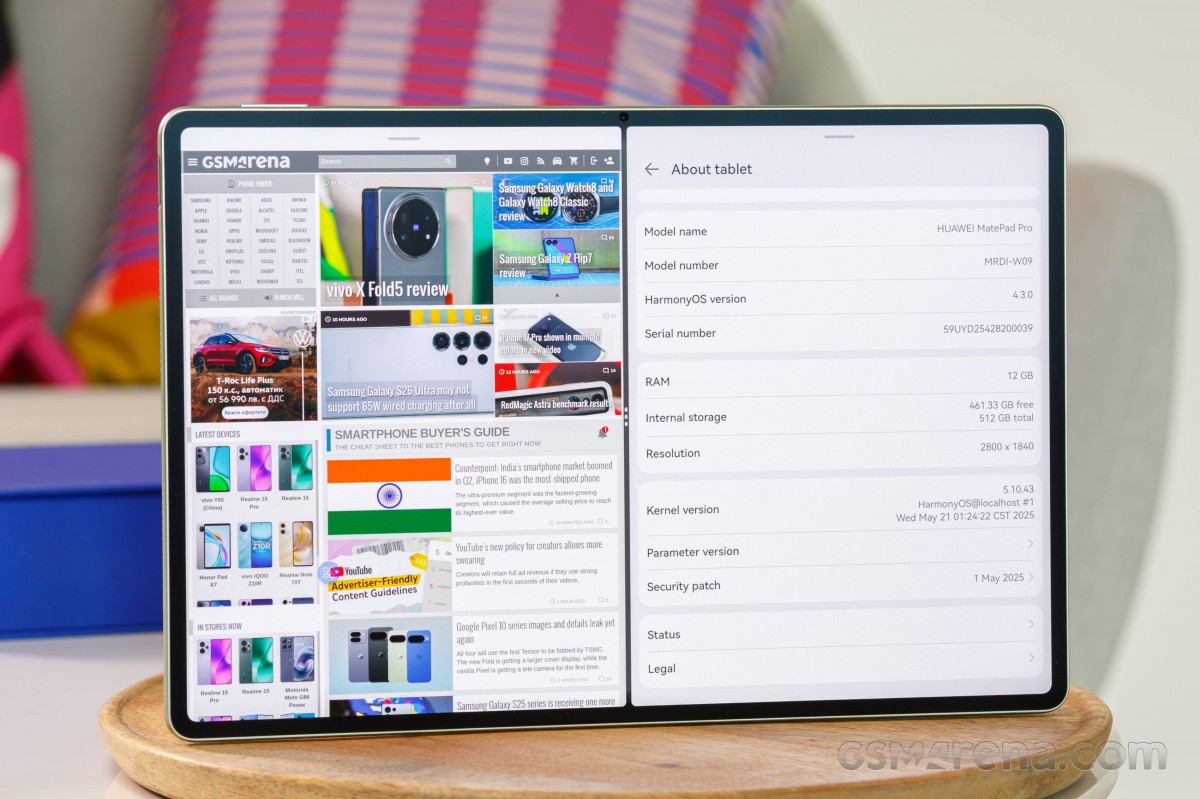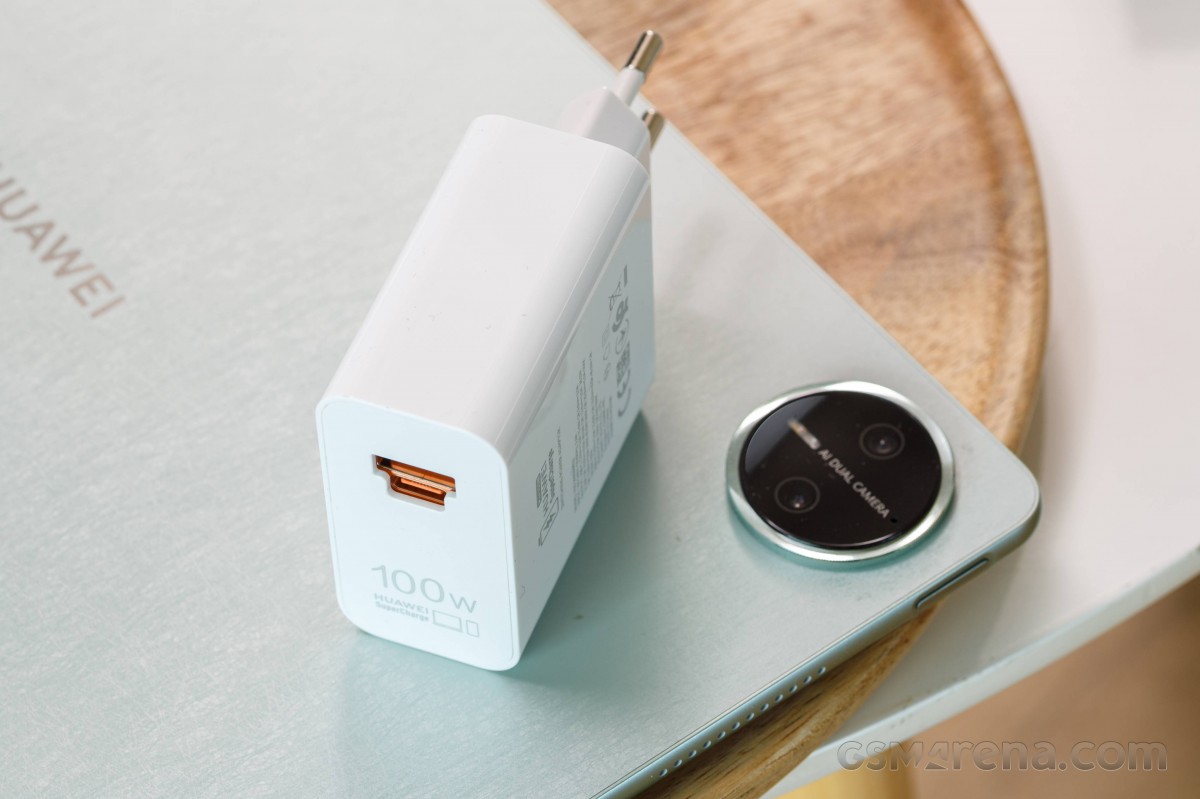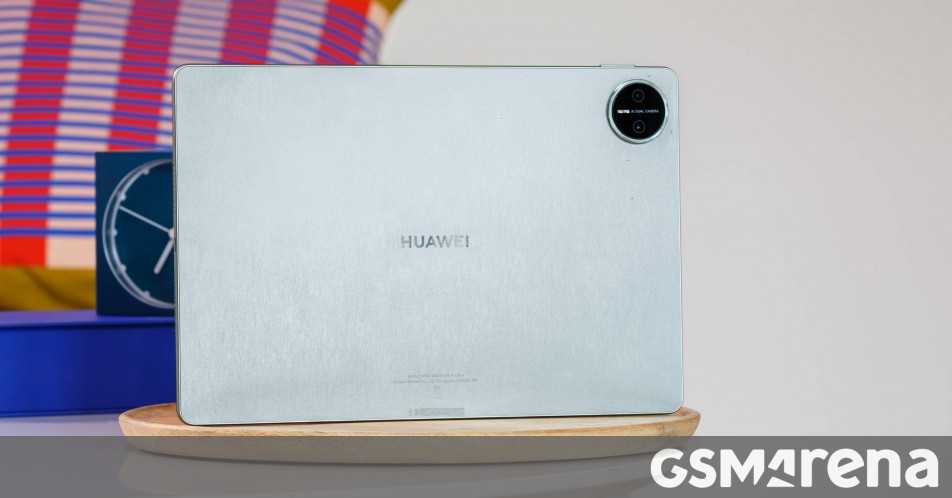Huawei MatePad Pro 12.2 (2025) benchmark results and battery tests
Huawei refreshed the MatePad Pro 12.2 this year with a new chipset, the Kirin 9020. The exact upgrades over the Kirin 9000S inside the 2024 MatePad Pro 12.2 are not clear, but we know that both chips are fabbed on a 7nm node. Here we will look at what performance improvements are offered by the new chip.

The Huawei MatePad Pro 12.2 (2025) has the same battery and charging system as its 2024 predecessor with 10,100mAh capacity and 100W wired charging. Official numbers claim that an 85% charge can be achieved in 40 minutes and that a full 100% charge takes 55 minutes. We will put these numbers to the test.
Performance
We tested the MatePad Pro in two modes, Standard and Performance. The latter offers a tangible improvement in CPU speed (around 12%) and a more significant boost to GPU performance (around 17%).
Both Kirin chips have octa-core CPUs in 1+3+4 configurations, with the top two clusters being multi-threaded. However, the older 9000S ran its bigger cores at higher clock speeds, 1x 2.62GHz + 3x 2.15GHz + 4x 1.53GHz, compared to 1x 2.4GHz + 3x 2.0GHz + 4x 1.6GHz for the new 9020 chip.
That said, architectural improvements allow the 2025 MatePad Pro 12.2 to edge out its 2024 predecessor in the single-core test. Notice the equal results between Standard and Performance mode. Performance mode kicks in when a multi-core task is encountered, but even its 12% uplift wasn’t enough to catch up to the 2024 tablet. Overall, the CPU on the Kirin 9020 is a mixed bag and is comparable to the Snapdragon 888.
HiSilicon used a new GPU for this chip, Maleoon 920, instead of the 910 found in the 9000S. How are those two different? HiSilicon has been fairly secretive about its chips, so we don’t know.
However, there is a definite improvement – Standard mode allows the 2025 tablet to match the 2024 model and Performance mode gives it a 15% lead. That said, Huawei only has access to mid-range performance – the Kirin 9020 beats the Snapdragon 7s Gen 2 but is no match for the 7+ Gen 3. It comes close to the Snapdragon 888 from 2021.
Overall performance as measured by AnTuTu is pretty solid with a score of over 1 million (though it needed the boost of Performance mode to clear that threshold).
Huawei’s silicon endeavors and SMIC semiconductor nodes are improving, but they still have a lot of catching up to do, especially if the company wants to match the cutting edge offerings from Qualcomm, MediaTek and other chipset makers.
Battery life
While it didn’t impress with its performance, the Kirin 9020 proved itself to be a very efficient chip. Huawei has nailed the modem (no surprises here) and call times are great (this would be more important for phones with the chip rather than the MatePad, admittedly).
The MatePad Pro 13.2 (2023) uses the Kirin 9000S chipset and has a 10,100mAh battery, exactly the same as the MatePad Pro 12.2 (2025). However, the Active Use Score went up by over 3 hours with a major improvement in web browsing and video, plus a solid uplift in gaming time.
Compared to tablets with chips on more advanced nodes (e.g. the 4nm 7s Gen 2 inside the Poco Pad), the MatePad Pro is showing excellent results.
Charging
Huawei got a late start in chipset design (not by choice) and it has a lot of catching up to do – in performance mostly, it seems like it has efficiency on lock. But the company has been working on fast charging for years now and it shows.

The 100W system is quite powerful and the Huawei MatePad Pro 12.2 (2025) essentially topped all the charts. Okay, at the 15 minute mark, the Xiaomi Pad 7 Pro was 1% higher, but this is with 1,250mAh less capacity to fill. Actually, the Pad 7 Pro did really well for a 67W charge system.
Still, though, the MatePad delivered sub-1 hour zero-to-full charging as promised (it missed the 55 minute mark by only 2 minutes). We don’t do a 40 minute test, but the tablet was at 62% at the half hour mark – an excellent result.
Conclusion
The Huawei MatePad Pro 12.2 (2025) is a premium tablet that starts at €850 for the base 12/256GB variant and goes up to €1,000/£900 if you want a 12/512GB slate with a PaperMatte display (which cuts down on reflectivity).
While it doesn’t have the performance of a premium tablet, it certainly offers great battery life and fast charge speeds. And Huawei is putting a lot of effort into improving HarmonyOS – though international units ship with EMUI.
